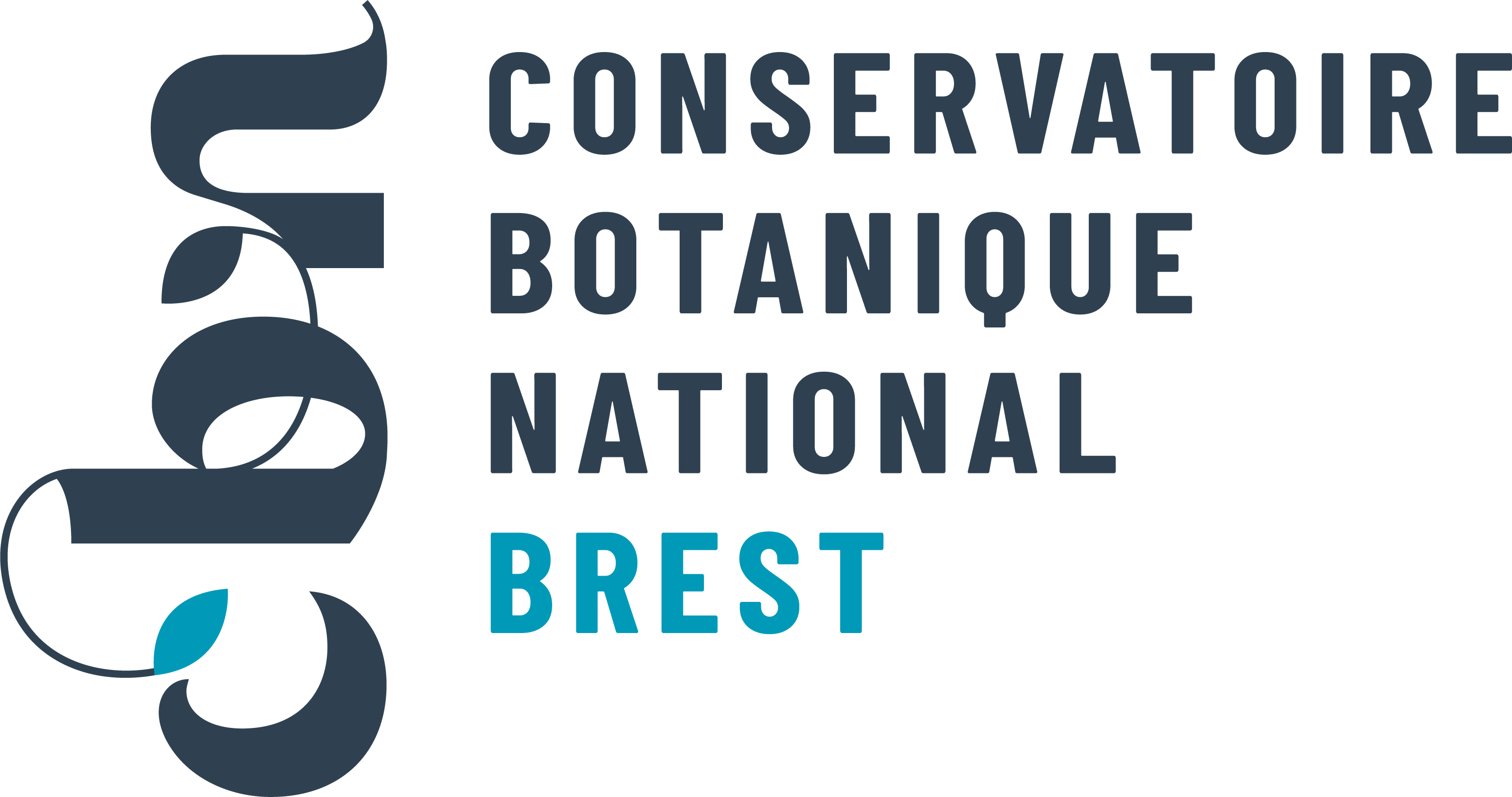Gymnadénie moucheron
Gymnadenia conopsea (L.) R.Br., 1813

- 268 observations
-
70
communes -
66
observateurs
17
organismes -
Première observation
1872 -
Dernière observation
2025
Appenai-sous-Bellême - Argentan - Aubry-le-Panthou - Aunou-sur-Orne - Avernes-Saint-Gourgon - Bazoches-sur-Hoëne - Belforêt-en-Perche - Bellavilliers - Boischampré - Bretoncelles - Brullemail - Canapville - Ceaucé - Chaumont - Coudehard - Courgeoût - Cour-Maugis sur Huisne - Courtomer - Échauffour - Écouché-les-Vallées - Écouves - Ferrières-la-Verrerie - Fleuré - Fontaine-les-Bassets - Gouffern en Auge - Guerquesalles - Igé - Joué-du-Plain - La Chapelle-Montligeon - La Ferrière-au-Doyen - La Ferrière-Béchet - Le Bosc-Renoult - Le Château-d'Almenêches - Le Mage - Le Pas-Saint-l'Homer - Les Ventes-de-Bourse - Longny les Villages - Mardilly - Médavy - Mont-Ormel - Monts-sur-Orne - Moulins-la-Marche - Moulins-sur-Orne - Moutiers-au-Perche - Neauphe-sous-Essai - Neauphe-sur-Dive - Occagnes - Ommoy - Orgères - Pontchardon - Rânes - Rémalard en Perche - Roiville - Sablons sur Huisne - Sainte-Scolasse-sur-Sarthe - Saint-Evroult-de-Montfort - Saint-Germain-des-Grois - Saint-Gervais-des-Sablons - Saint-Hilaire-le-Châtel - Saint-Langis-lès-Mortagne - Saint-Léger-sur-Sarthe - Saint-Martin-du-Vieux-Bellême - Saint-Ouen-de-Sécherouvre - Sap-en-Auge - Sarceaux - Tanville - Ticheville - Tournai-sur-Dive - Valframbert - Vimoutiers
-
Association Faune & Flore de l'Orne (AFFO)
Participation à 124 Observations
Part d'aide à la prospection : 46.27 %
Fiche organisme
-
Ministère de la Transition écologique et de la Cohésion des territoires
Participation à 84 Observations
Part d'aide à la prospection : 31.34 %
Fiche organisme
-
Conservatoire Botanique National de Brest (CBNB)
Participation à 62 Observations
Part d'aide à la prospection : 23.13 %
Fiche organisme
-
UMS PatriNat (OFB-CNRS-MNHN)
Participation à 54 Observations
Part d'aide à la prospection : 20.15 %
Fiche organisme
-
Muséum national d'Histoire naturelle (MNHN)
Participation à 39 Observations
Part d'aide à la prospection : 14.55 %
Fiche organisme
-
PNR et géoparc mondial UNESCO Normandie-Maine
Participation à 38 Observations
Part d'aide à la prospection : 14.18 %
Fiche organisme
-
Société Française d'Orchidophilie (SFO)
Participation à 36 Observations
Part d'aide à la prospection : 13.43 %
Fiche organisme
-
Conseil départemental de l'Orne (bureau ENS)
Participation à 34 Observations
Part d'aide à la prospection : 12.69 %
Fiche organisme
-
Institut floristique franco-belge (IFFB)
Participation à 11 Observations
Part d'aide à la prospection : 4.10 %
Fiche organisme
-
Naturalia-Environnement
Participation à 2 Observations
Part d'aide à la prospection : 0.75 %
Fiche organisme
-
Conseil départemental de l'Orne
Participation à 2 Observations
Part d'aide à la prospection : 0.75 %
Fiche organisme
-
INTERVIA ETUDES
Participation à 2 Observations
Part d'aide à la prospection : 0.75 %
Fiche organisme
-
Peter Stallegger (Consultant Environnement)
Participation à 2 Observations
Part d'aide à la prospection : 0.75 %
Fiche organisme
-
Base pour l'inventaire des observations subaquatiques (BioObs)
Participation à 1 Observation
Part d'aide à la prospection : 0.37 %
Fiche organisme
-
Conservatoire botanique national du Bassin parisien (CBNBP)
Participation à 1 Observation
Part d'aide à la prospection : 0.37 %
Fiche organisme
-
Système mondial d’information sur la biodiversité (GBIF)
Participation à 1 Observation
Part d'aide à la prospection : 0.37 %
Fiche organisme
Informations espèce
Cette plante se plaît en situation humide et ensoleillée jusqu’à 2 500 m et se rencontre fréquemment sur le territoire du parc national des Écrins.
Source : Biodiv'Écrins, Parc national des Écrins
E1.714 : Bohemian orchid-matgrass swards
Répartition actuelle en France métropolitaine
© INPN - Avertissement : les données visualisables reflètent l'état d'avancement des connaissances et/ou la disponibilité des données existantes au niveau national : elles ne peuvent en aucun cas être considérées comme exhaustives.
Répartition actuelle dans le monde
Avertissement : les données visualisables reflètent l'état d'avancement des connaissances et/ou la disponibilité des données existantes au niveau mondial : elles ne peuvent en aucun cas être considérées comme exhaustives.













